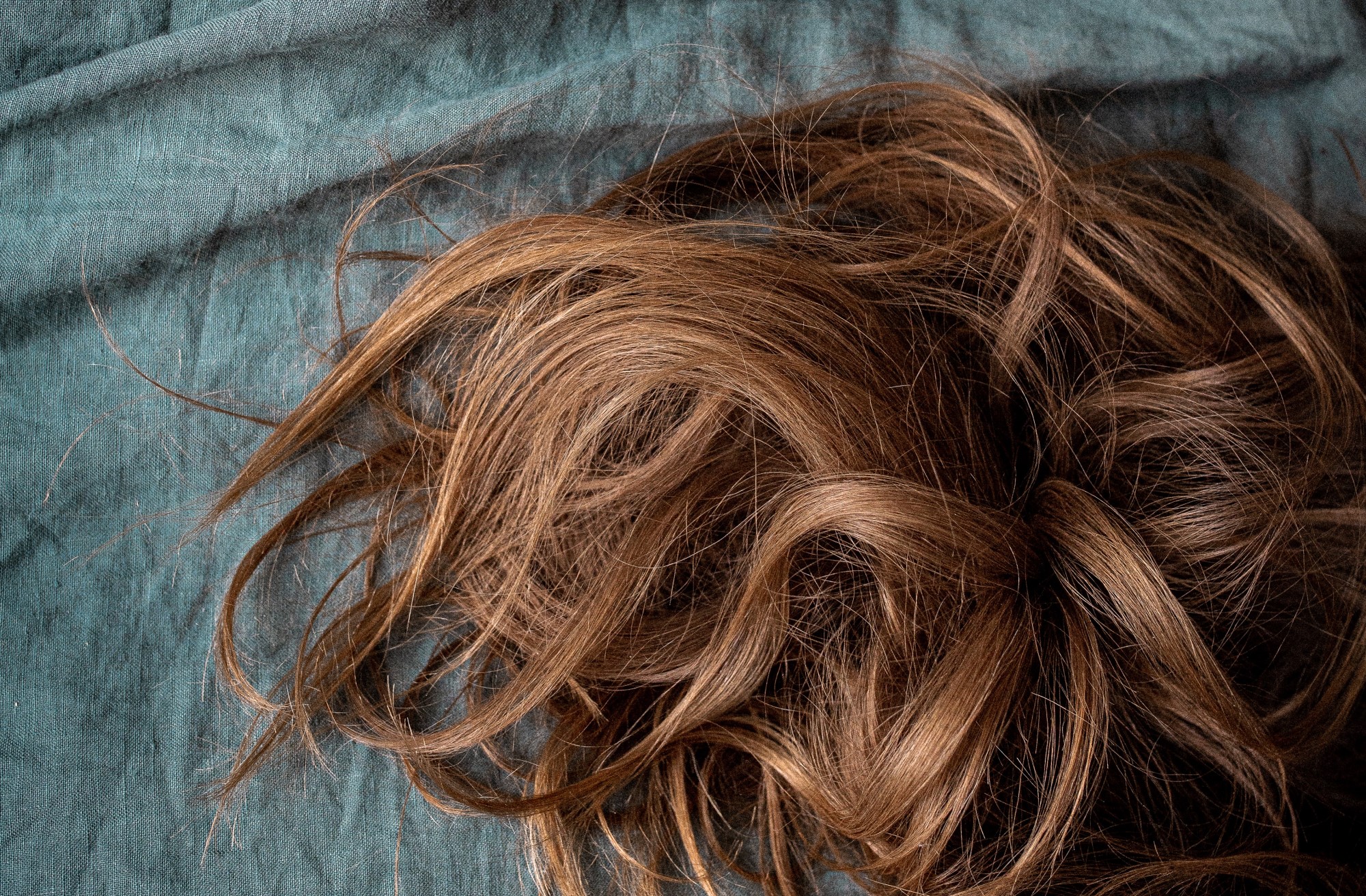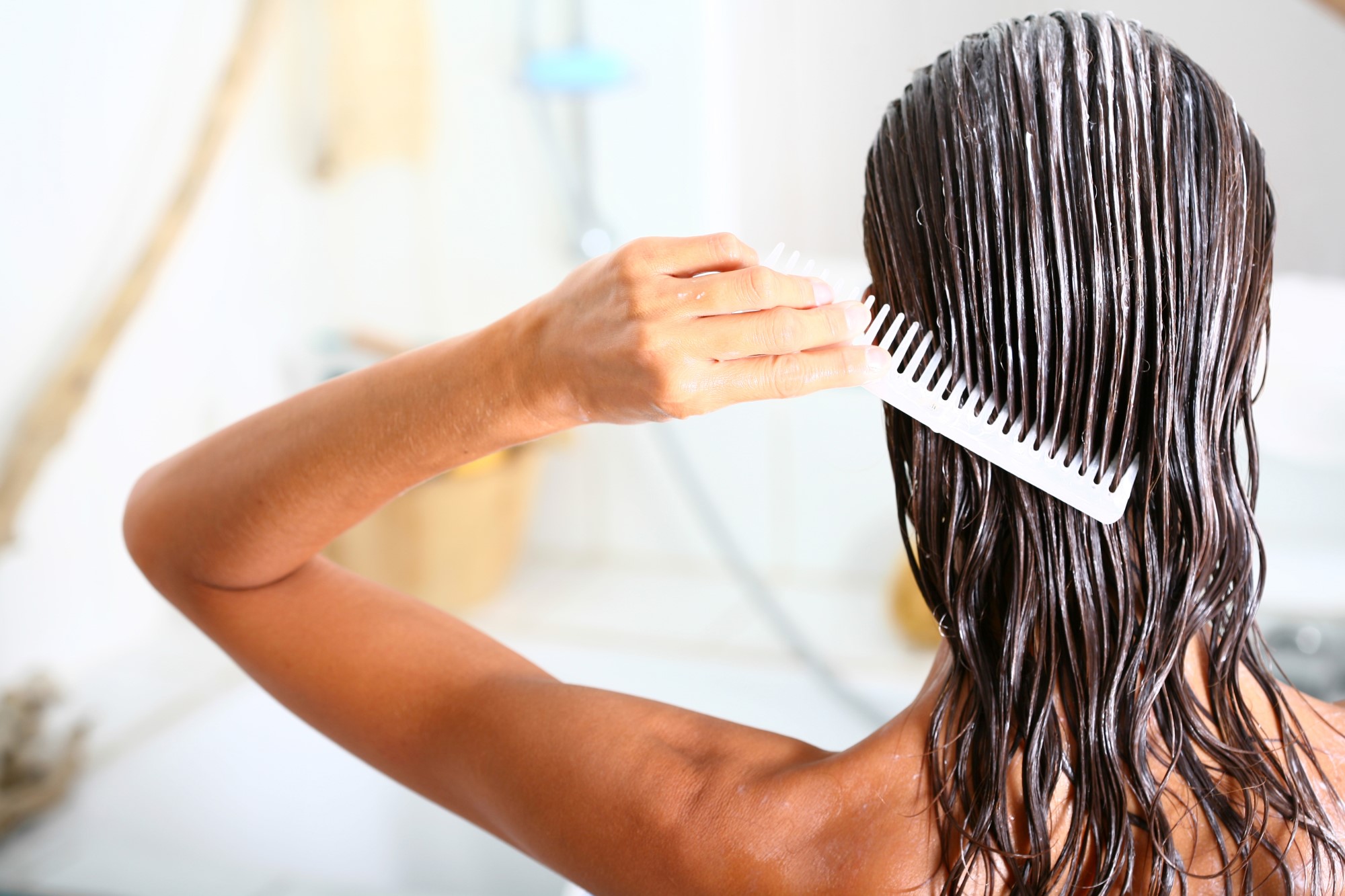-
- PRODUCT TYPE
- Shampoo
- Conditioner
- Treatments
- Stylers & Finishers
- Colour
- View All
GUIDE TO SCALP CARE

We all know the importance of looking after your hair, however, sometimes your scalp doesn’t get the same attention. Just like your hair, your scalp needs washing, nourishing and moisturising.
If your scalp isn’t looked after properly, it can become itchy, oily and dry. As well as being uncomfortable, this can also cause dandruff and lead to issues with hair growth.
Here’s how to maintain a healthy scalp, and ensure you’re giving your roots the best possible start.
How to maintain a healthy scalp
Your scalp is similar to the skin on the rest of your body, however, it’s a little more dense and has more oil glands and hair follicles.
Each of these follicles grows a strand of hair and produces oil. This oil moisturises your hair and the skin on your scalp - however, if you’re not cleaning your scalp thoroughly enough, oil build-up can block your hair follicles, affect hair growth and the overall look and feel of your hair.
Consistently removing dirt and oil build-up and keeping your scalp hydrated is vital - and we’d recommend treating your scalp as you treat your skin. For example, if you have dry skin, avoid using clarifying products which will strip away your scalp’s natural oils, and may lead to more dryness.
If you have an oily scalp, you can try brushing your hair before you get in the shower - this helps loosen dirt and product build-up, and helps shampoo suds permeate your strands more effectively.

What does a healthy scalp look like?
A healthy scalp tends to be smooth, free of flakes and without any redness.
By contrast, an unhealthy scalp may look dull or even greyish in colour, and may have flakes or signs of soreness. If an unhealthy scalp is causing hair loss, there may be patches where your scalp is visible through your hair.
Itchy, flaky scalp causes
The following issues can all cause an itchy scalp:
It can be tempting to scratch an itchy scalp, however, this will only make the issue worse and could exacerbate the itchiness. We’d recommend that you visit your GP to find out the underlying cause and get treatments which may help with your condition.

What causes a dry scalp
If you have a dry scalp, this is likely due to your scalp not producing enough oil and your shampoo washing away too much of your scalp’s sebum. Cold weather and low humidity can also contribute to your scalp becoming dry and flaky.
Massaging and brushing your scalp when washing can help to stimulate blood flow to combat dryness. Gentle massage also produces natural oils that can not only prevent a dry scalp, but also can promote hair growth.
If your scalp’s dry, this can affect moisture levels in your hair and make your hair feel dry, brittle and even rough. Our Detox + Repair range is enriched with Cannabis Sativa Seed Oil and Avocado, and hydrates and soothes dry, stressed hair, and protect your strands from future damage.
What causes an oily scalp
An oily scalp can also be caused by your genetics, the hair products you use, your diet, and even the weather. This issue can lead to your hair becoming greasy, dull and flat - especially if you have straight hair.
Oil travels more easily down straight strands, and can also spread rapidly if your hair’s fine or thin. However, if you have thick, curly or wavy hair, it’s more difficult for oil to make its way down the hair’s shaft.
If you’re struggling to care for oily, limp hair caused by an oily scalp, our Volume Lift range is perfect for lifting fine, flat hair prone to looking greasy. This lightweight range is infused with Air-Silk Technology, and preps hair for light, full hairstyles.
If you do suffer from an oily scalp, avoid washing your hair with hot water, as this can encourage sebum production by stripping away your scalp’s natural oils. You can also avoid over-conditioning the roots of your hair, concentrating instead on the mid-lengths and ends.

.jpg)
